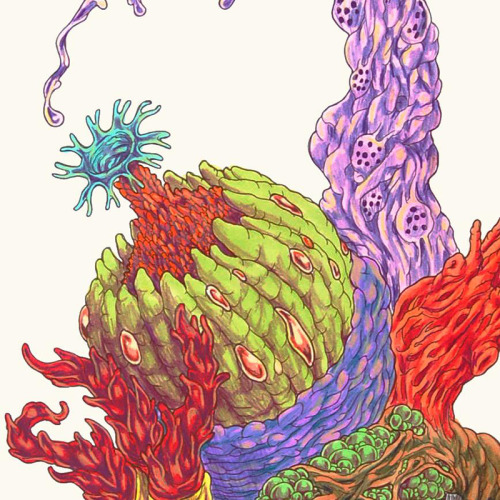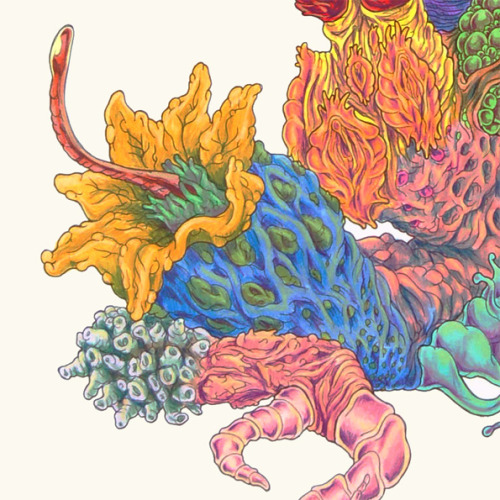While out on a walk to enjoy the sun while it's here, and in addition to give myself time to gather more inspiration from nature and to think about the direction I wish to take future work, I came across these flowers.
Not having much knowledge of plant identification, or wildflowers in the area, I made the assumption that based on the appearance of the flowers that they could be a species of orchid. This was based on the overall aesthetic of the flowers, the colours, patterns found on them and their seeming similarities to many orchids I have previously seen.
I didn't take any clear photographs of the leaves, I was completely captured by how beautiful and unusual I found these flowers to be, having never seen anything like it in the area, or before on any of my walks. It was like making a completely new discovery, of course it turned out to be a new discovery only for me in knowledge gained from learning about this plant. The only thing I could gather was that lots of these plants were growing amongst a similar amount of Great Willowherb plants, most of which were taller than myself.
Wanting to identify these flowers, I spent many hours using Google, finding many websites about UK wildflowers and orchids found in the wild, reverse image searching using my photographs, but found nothing that helped me identify these flowers. I thought they could be Early Purple orchids, but finding these in July when they flower at the latest in June, and very few similarities made it doubtful.
I then happened across a
blog post listing many different flowers in Endon, and saw these flowers! They are not what I was expecting at all, and are called Himalayan Balsam. They are a fast growing, invasive species that can spread their hundreds
of seeds with exploding seed pods reaching up to 7 meters away, thus
spreading quickly. They also smother other plants and vegetation as they
grow and are dubbed a problem weed in many areas where they completely take over. They did however attract a lot of bees.
Common name Himalayan balsam, Indian balsam, jumping jack, policeman's helmet
Botanical name Impatiens glandulifera
Areas affected Gardens and allotments, often those adjacent to infested riverbanks and waste places
Main causes Fast-growing annual spreading by seed
Timing Seen spring to autumn; treat in early summer
The Himalayan balsam (Impatiens glandulifera) is an erect, annual plant, with large, oblong leaves which have sharply serrated edges. The reddish stems of the Himalayan balsam are translucent and succulent. The leaves are also succulent and may be arranged opposite each other or in whorls of three.
Where it has been introduced,
the Himalayan balsam often produces more nectar than many of the native
species, making its flowers more attractive to pollinating insects than those of other plants living in close proximity. It also outcompetes native species for light and space, as its large size and high rate of reproduction facilitates rapid colonisation.
The rapid growth of this species can be extremely problematic around
water systems, where it can increase the rate of erosion and obstruct
water flow, subsequently increasing the risk of flooding.
Wikipedia page on the Himalayan Balsam.
It's really interesting to discover all of this information about this plant. What I thought was a beautiful flowering plant turns out to be an extremely aggressive, invasive plant. What makes this find even more interesting to me is the ideas I have been researching and developing in previous work, such as parasitic fungi, and the ideas of subtle danger within my imagined organisms. I think this plant offers a lot of answers for me, in addition to just as many ways to further strengthen and develop my ideas further.
I think I should really consider revisiting the site I found them, and document it fully through various methods.































